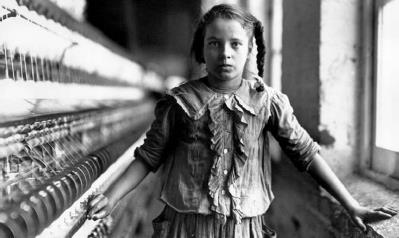The White Court (1910–21)Labor |
In what decision did the White Court outlaw the secondary boycott? |
A divided White Court ruled 6–3 in Duplex Printing Press Co. v. Deering (1921) that members of the International Machinist Union could be enjoined from engaging in a secondary boycott as opposed to a primary boycott. In a secondary boycott, protestors attempt to prohibit customers and other businesses from dealing with the target of the primary boycott by threatening to boycott those businesses as well. It is often defined as the attempt to influence the actions of the primary business by exerting pressure on other businesses. The question before the Court was whether certain provisions in the Clayton Act, an antitrust law, exempted labor disputes from being enjoined by the courts.
The issue arose in the Duplex Printing case because the labor union, the International Association of Machinists, in addition to boycotting Duplex Printing’s base in Battle Creek, Michigan, instituted a broad-based boycott of the printing company’s products across the country.
The majority ruled in favor of Duplex Printing, reasoning that the Clayton Act did not sanction secondary boycotts that impeded the general flow of commerce outside of a particular employer-employee dispute. “Congress had in mind particular industrial controversies, not a general class war,” the Court wrote.

